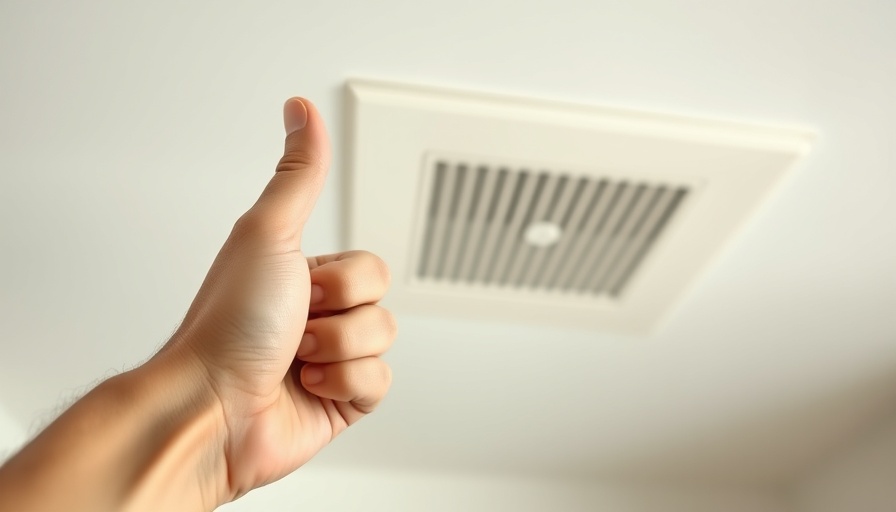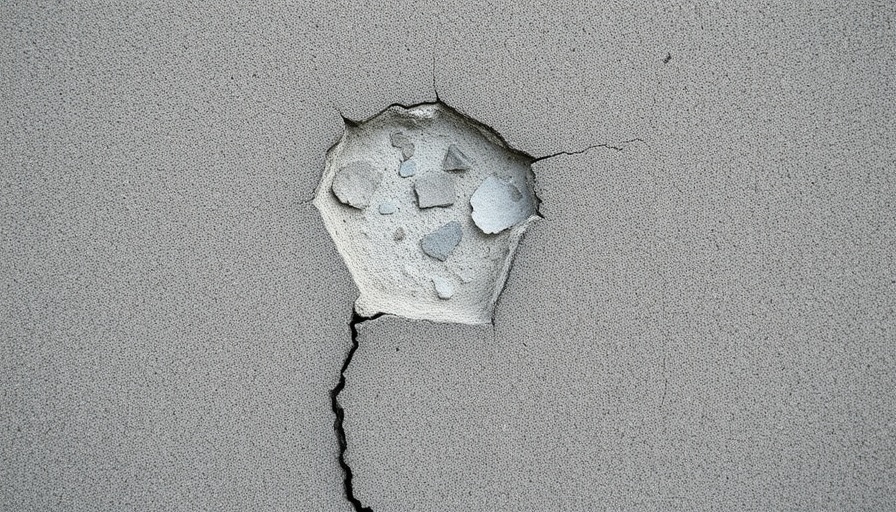
Understanding the Problem of Condensation on Air Vents
Condensation on air vents can be a troublesome issue for homeowners, often leading to serious consequences such as mold growth, water damage, and decreased efficiency of HVAC systems. Recognizing the signs of condensation and understanding what causes it is vital for any homeowner looking to maintain a comfortable and healthy living environment.
The Causes of Condensation
Condensation occurs primarily due to three key factors: high indoor humidity levels, poor ventilation, and improper duct insulation. When warm, moist air makes contact with cooler surfaces, such as air vents, water droplets form. This situation is often exacerbated during summer months, especially in humid climates. Additionally, winter can trap humidity indoors, creating a perfect storm for condensation issues.
Indoor humidity levels can rise significantly from common household activities like cooking and showering. In fact, the environmental conditions, such as the season and overall climate of your region, may make some homes more susceptible to high humidity compared to others. Homeowners can use hygrometers to keep tabs on these moisture levels and adjust their homes accordingly.
Poor Ventilation Solutions
Poor ventilation is another contributing factor. Restricted airflow in areas like kitchens or bathrooms can trap moisture, leading to condensation on air vents. Homeowners often make the mistake of blocking vents or neglecting to use exhaust fans, which further compounds humidity issues. To combat this, ensuring good airflow by keeping vents unobstructed and using exhaust fans in areas prone to moisture is essential.
Consider adding additional vents or fans to damp areas such as attics and basements to improve air circulation. By doing so, homeowners can significantly reduce the likelihood of moisture buildup and relieve some of the pressure on their HVAC systems.
Addressing Insulation Issues
Inadequate duct insulation can also lead to condensation. When the cooler air in the ducts meets warm surrounding air, moisture accumulates. Proper insulation of ducts—using materials such as foam or fiberglass—can mitigate this problem. While DIY solutions can be effective, many homeowners may benefit from professional installation for long-term performance.
Quick Fixes for Condensation
Fortunately, there are several immediate actions you can take to reduce condensation on your air vents:
- Adjust Indoor Humidity: Use dehumidifiers to lower humidity levels, especially during hot summer months.
- Enhance Air Ventilation: Turn on exhaust fans while cooking and showering to disperse humid air quickly.
- Regular Maintenance: Schedule annual inspections for your HVAC system to ensure all components are up to standard and functioning efficiently.
Long-Term Solutions and Maintenance
Long-term solutions involve assessing and improving your HVAC system comprehensively. Annual inspections not only help identify potential issues before they become significant problems but can also improve your unit’s efficiency over time. Homeowners should ensure that their systems are clean, free of blockages, and correctly insulated to prevent future condensation problems.
Changing air filters every two to three months can prevent airflow obstructions, while also minimizing excess moisture. Dirty filters are commonly overlooked but can lead to serious condensation issues and should not be neglected.
Final Thoughts
Condensation on air vents is more than just a cosmetic issue; it presents potential health risks and can lead to costly repairs if left unchecked. By understanding the causes and implementing both quick and long-term solutions, homeowners can effectively maintain a healthier living environment and ensure their HVAC systems operate at peak efficiency.
To enhance your home’s air quality and reduce these risks, take proactive steps by monitoring humidity, maintaining airflow, and cleaning or replacing HVAC components regularly.
 Add Row
Add Row  Add
Add 




Write A Comment